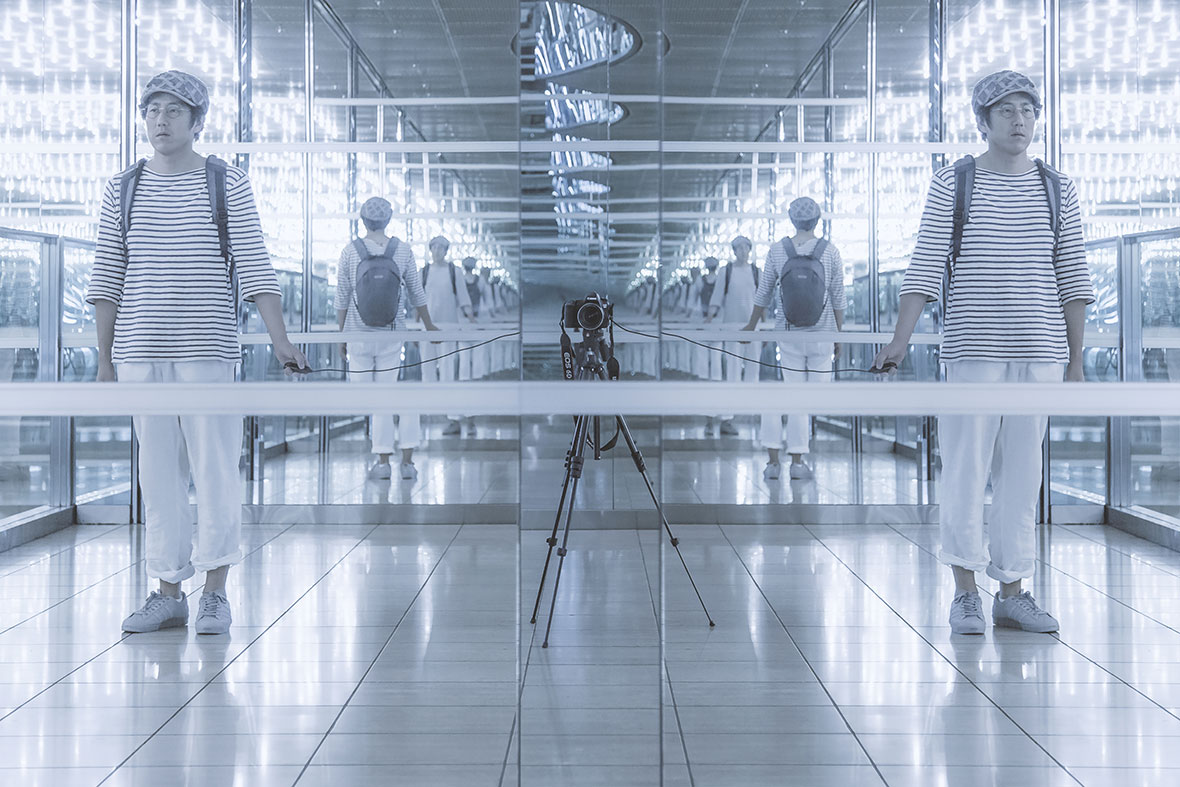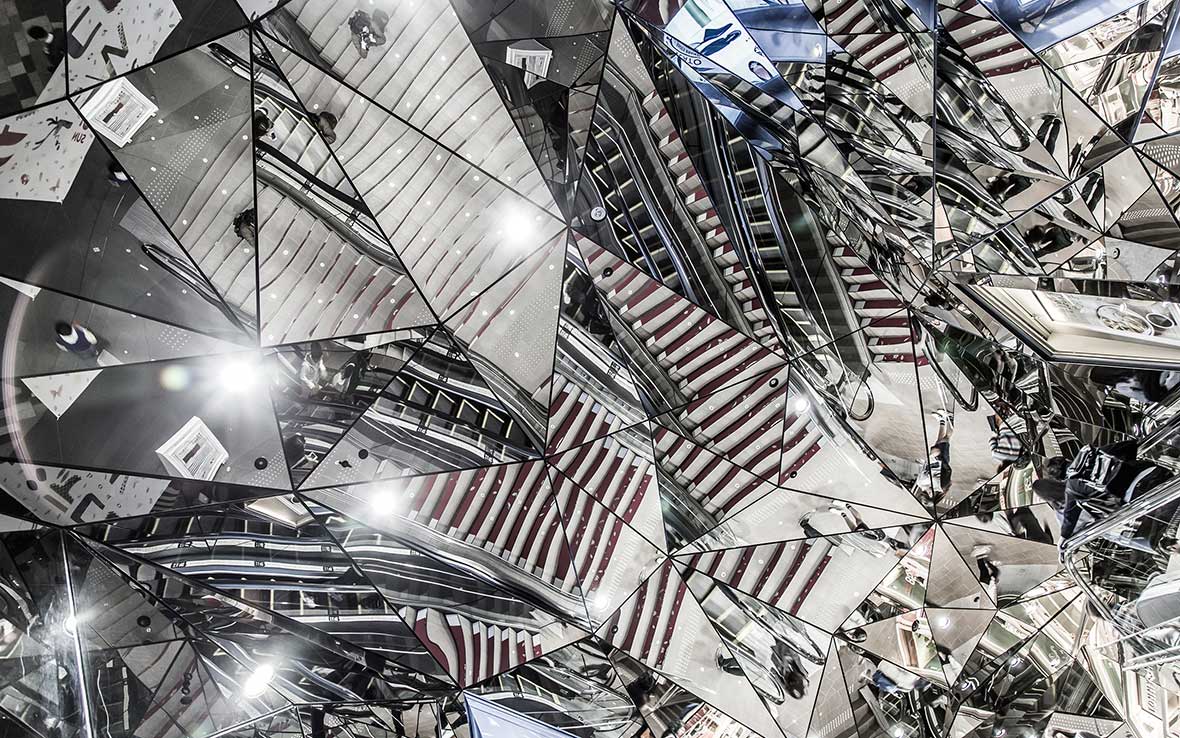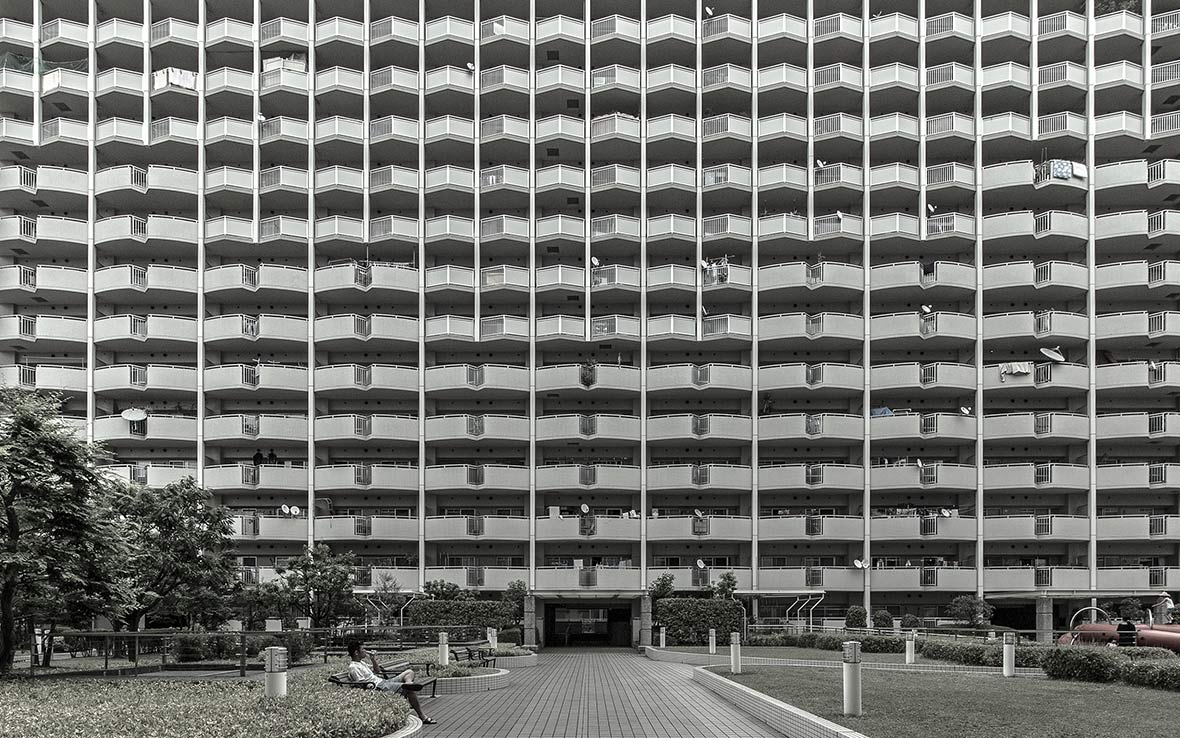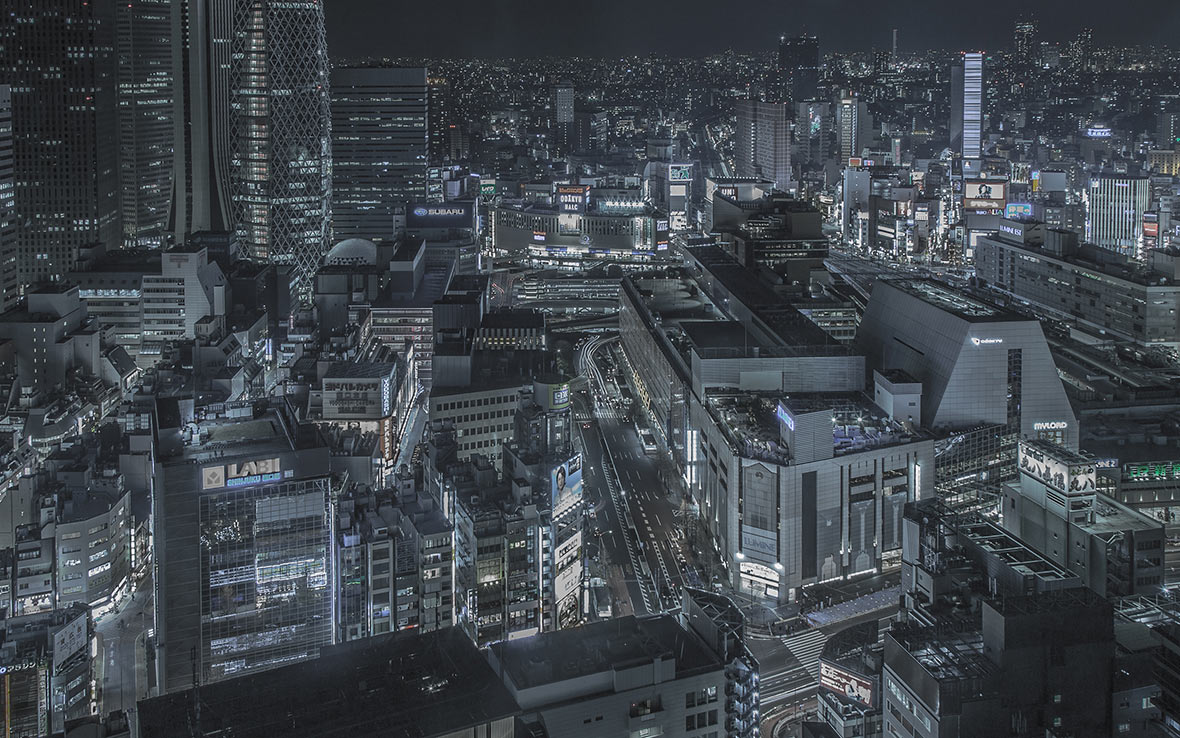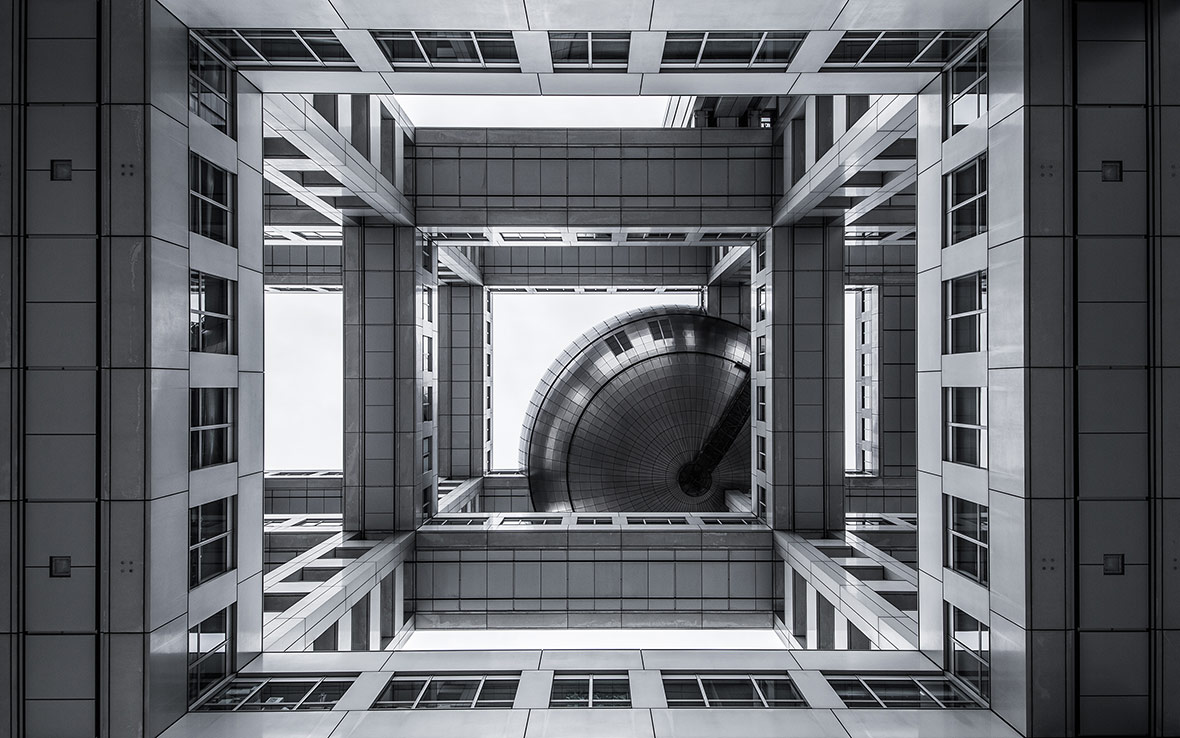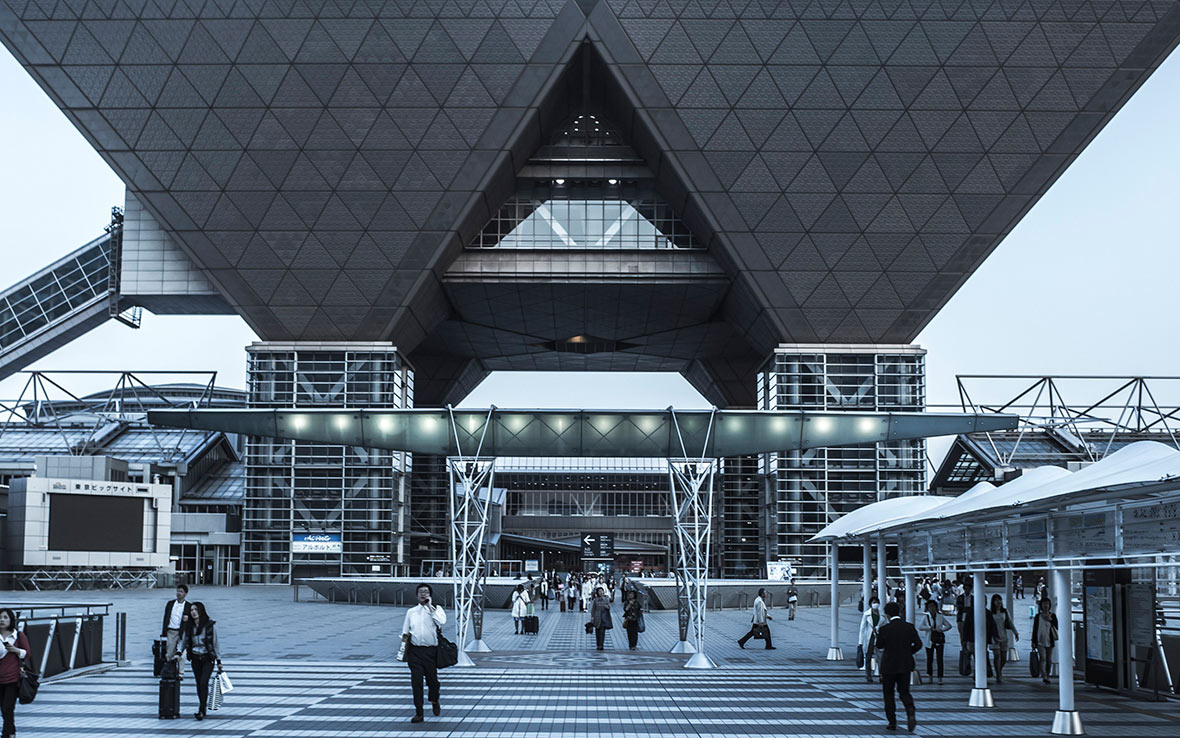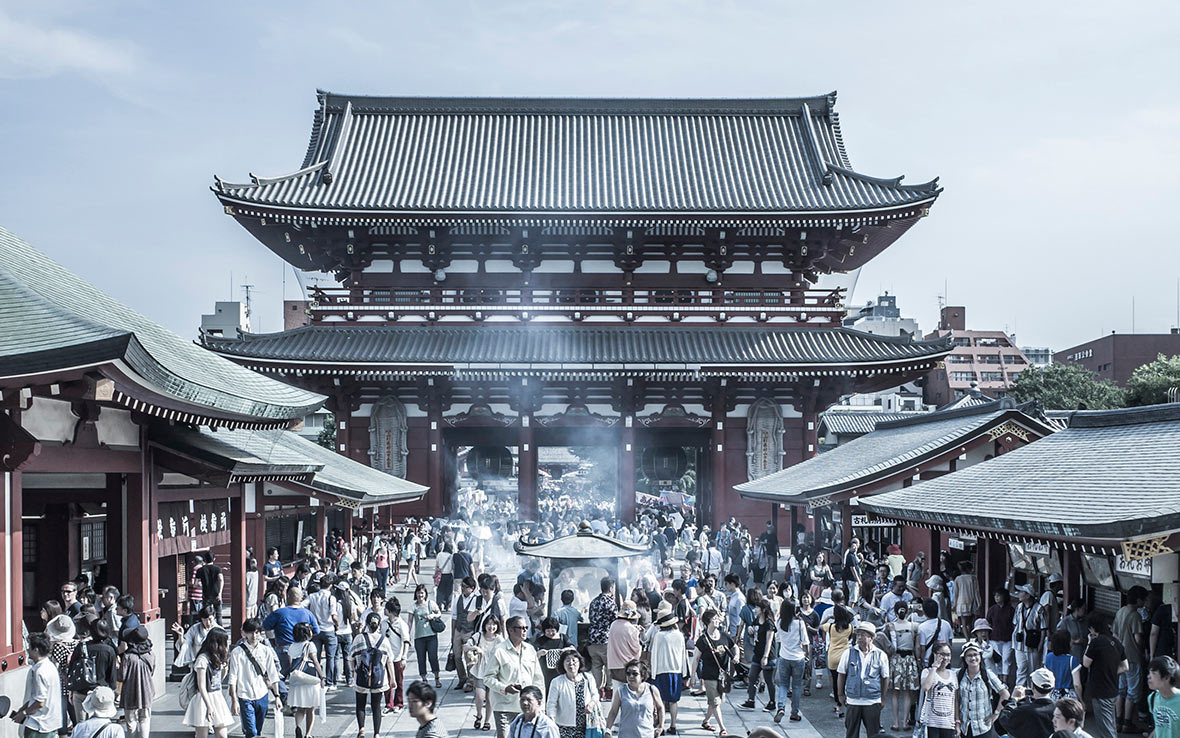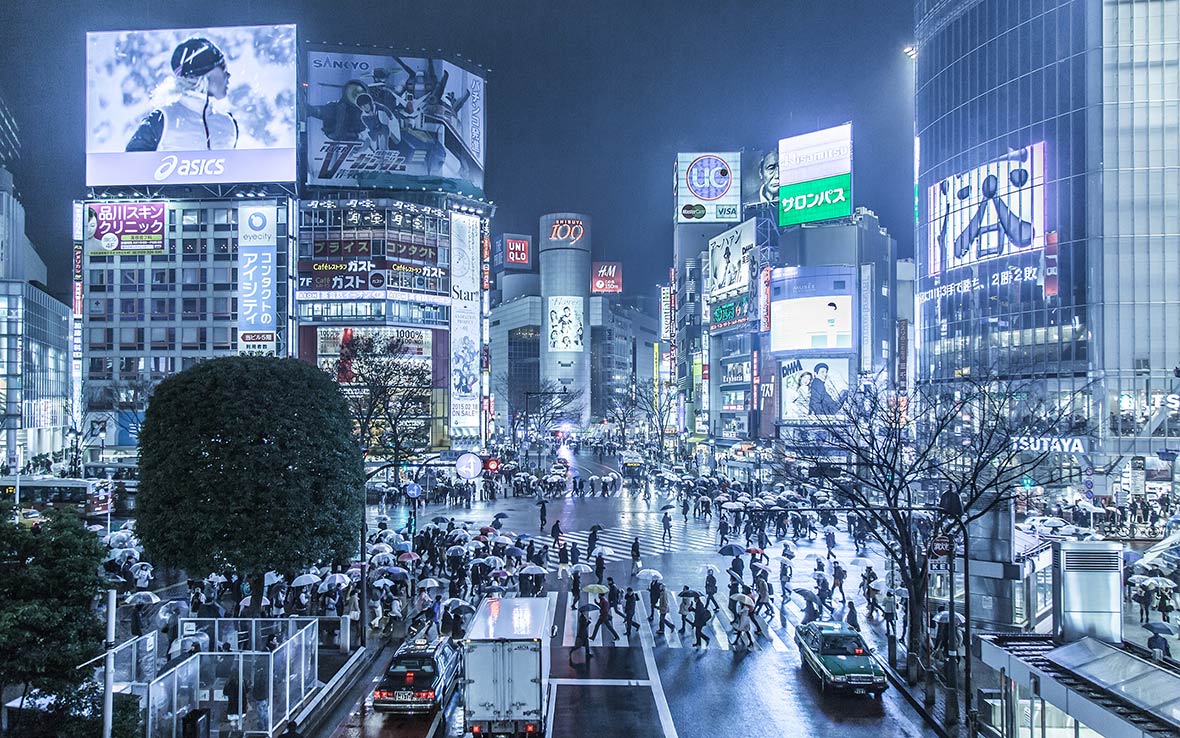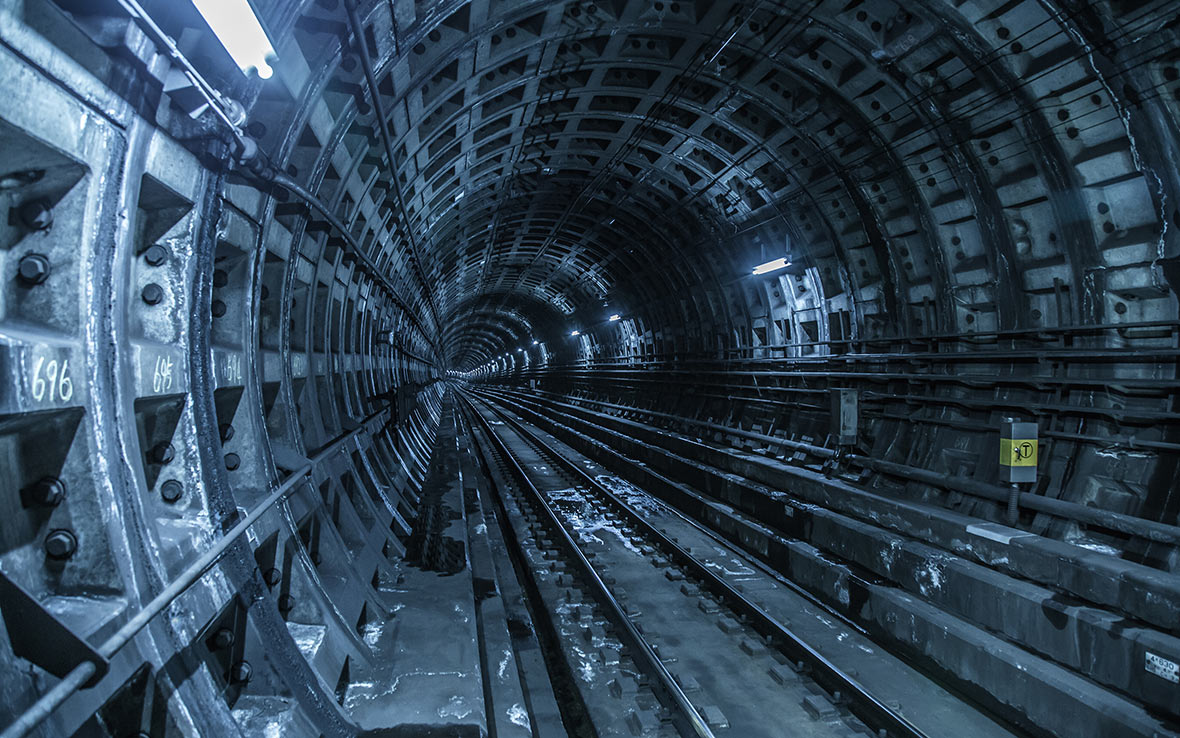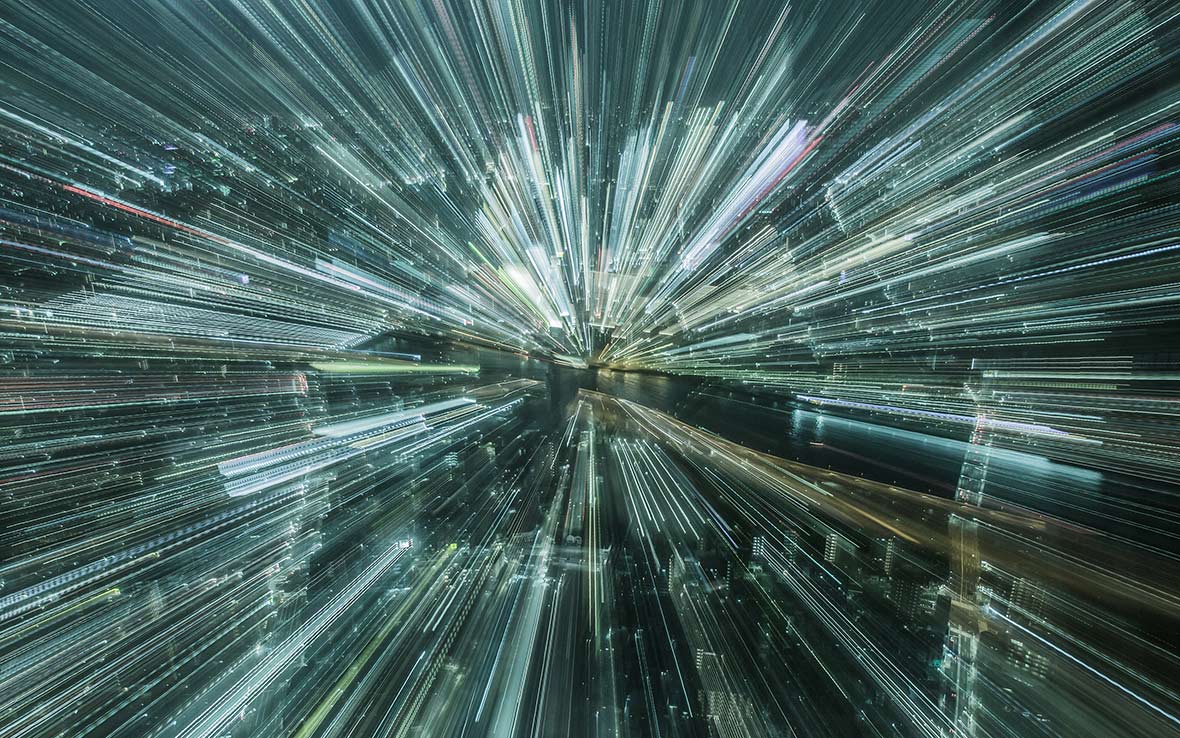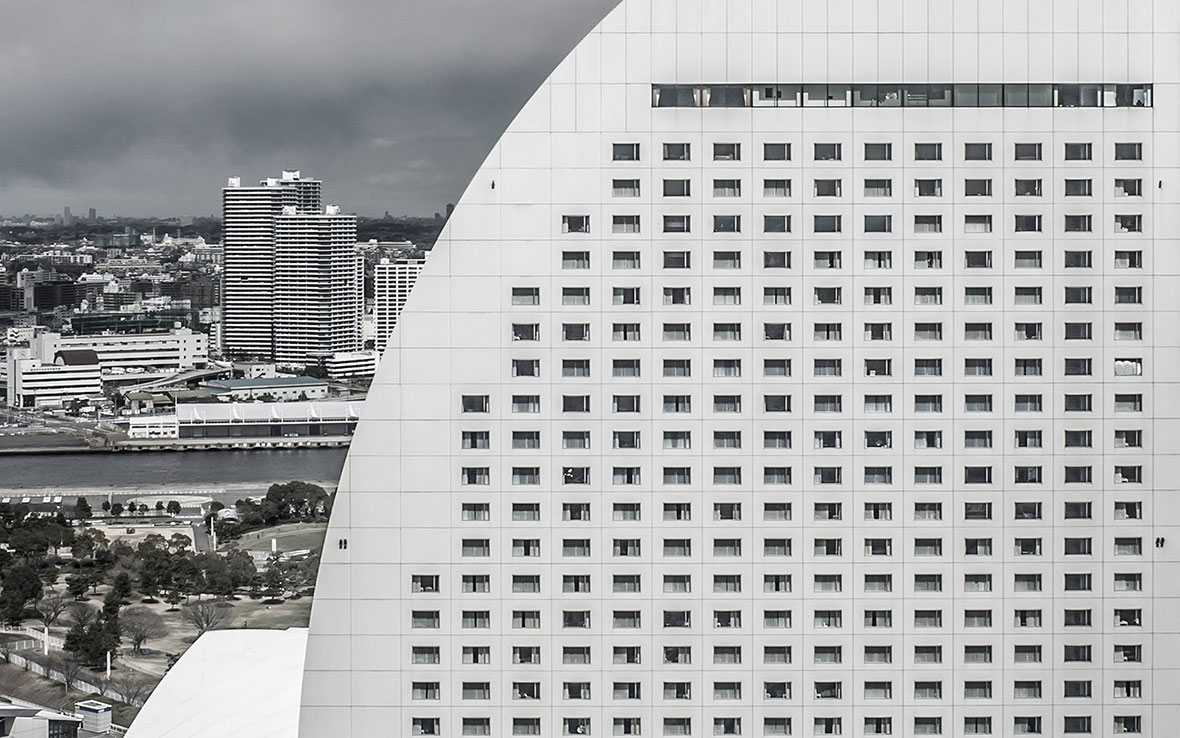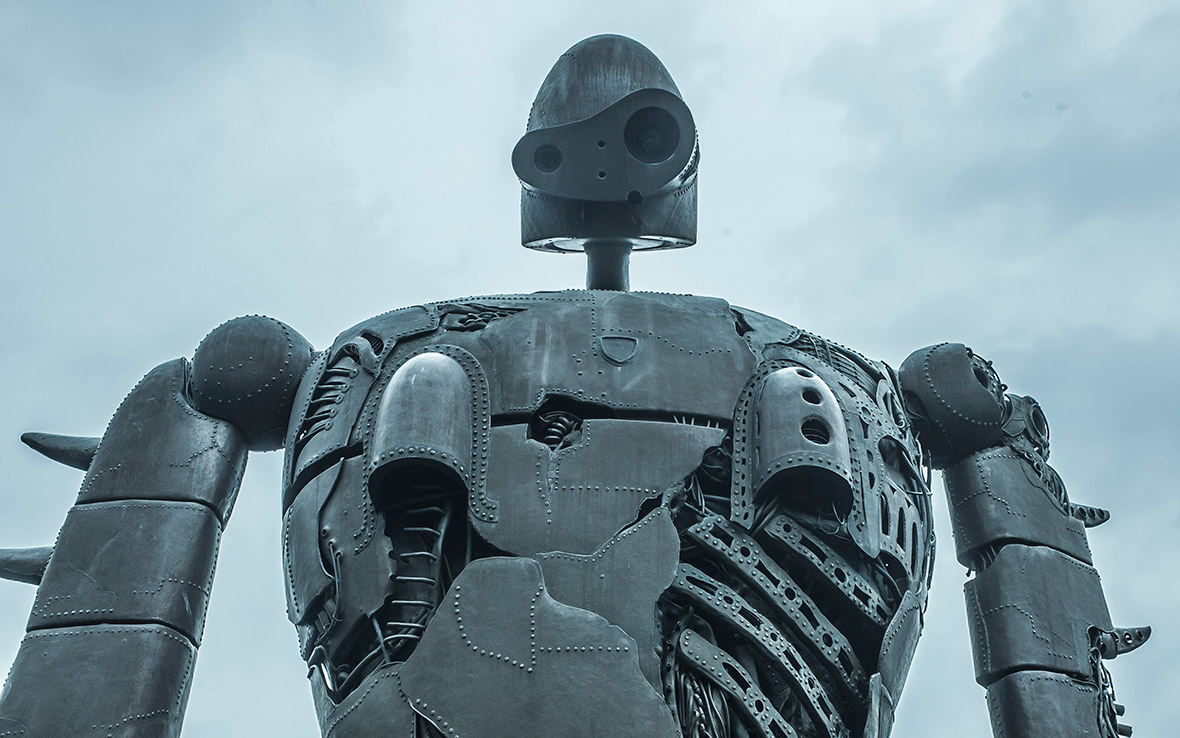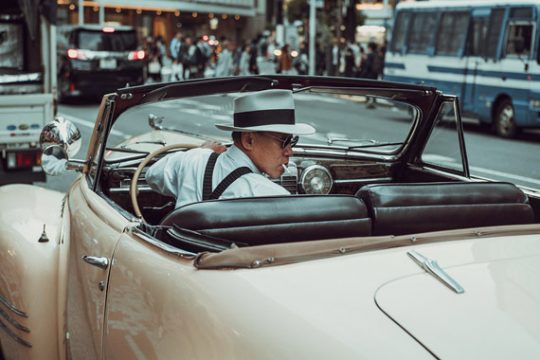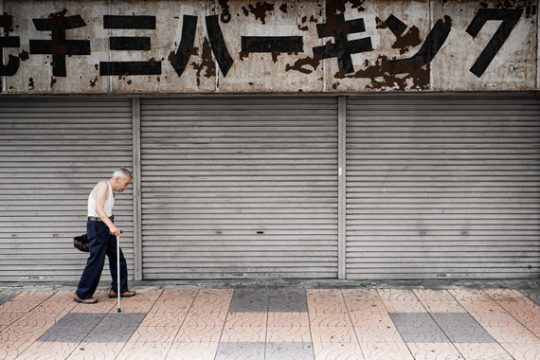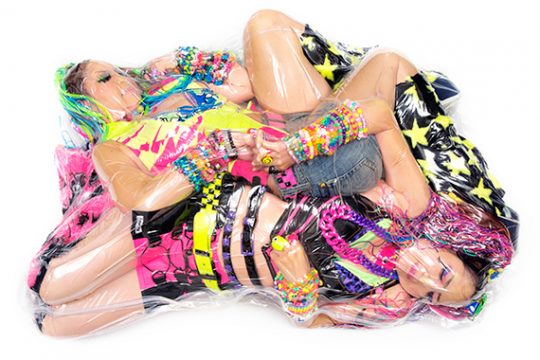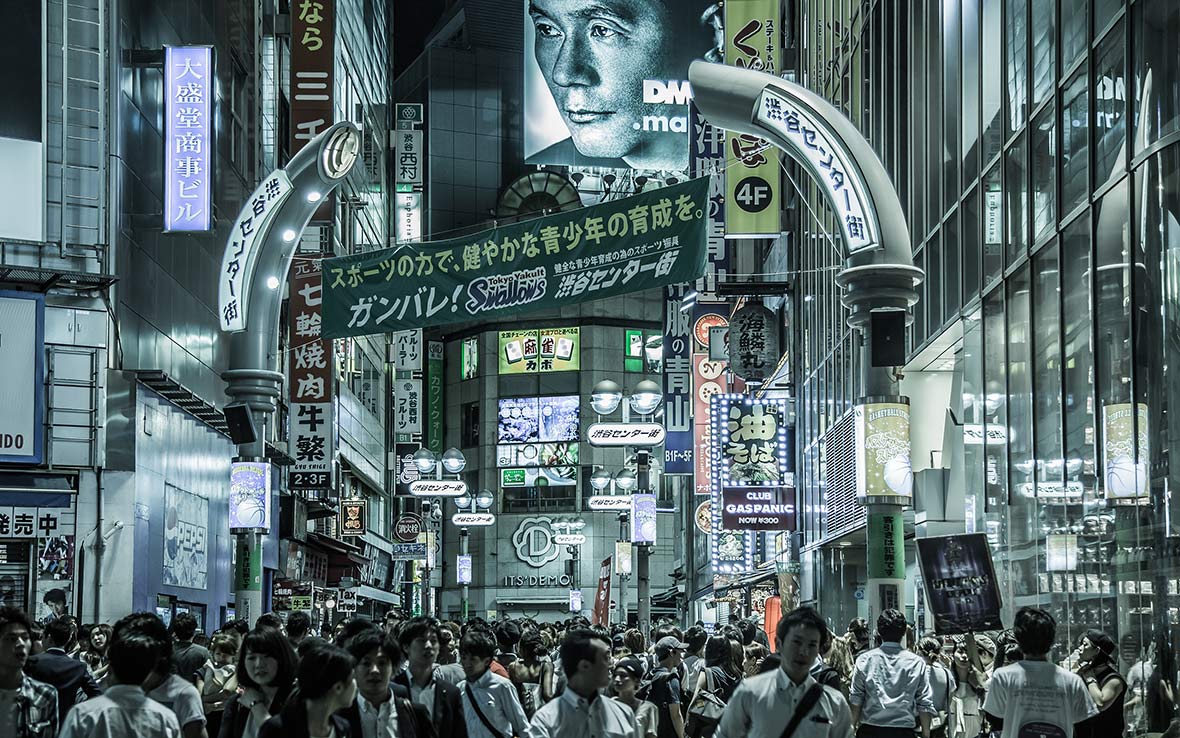
Tokyo is often associated with the word “dense”, which isn’t surprising considering its status as one of the most populated metropolises in the world; the Japanese capital is a massive melting pot of subcultures and a place where one can find all the latest and hottest trends of Asia. Yoshito Hasaka is one of the millions living in the bustling city. Working as a full-time designer and iOS engineer, his free time is often spent exploring the nooks and crannies of this city with his camera. His Instagram account @_F7, where he presents a unique vision of the city through his signature wintry tones, is considered by many as one of the must-follow accounts in Tokyo.
Yoshito’s passion for photography began simply as a way for him to document his travels. But as a graphic designer, his attentiveness to aesthetics naturally made its way into his photography. Yoshito says he’s also fascinated with the ways that people interact with objects; he’s intrigued by the kinds of reactions or feelings a person might have towards something. This is why he wants to create images that will resonate with viewers. So from taking the actual picture to post-processing, Yoshito works meticulously to craft the perfect image. Recently, Neocha had a chance to speak to him about photography and his vision of Tokyo.
羽坂氏の写真への情熱は、単に旅行の記録方法として始まった。しかし、グラフィックデザイナーである彼の美意識に対する記銘力が、自らを自然に写真へと導いたのである。羽坂氏は、人々が物と相互作用する方法にも感化されると語っている。人が何かに対して抱く反応や感情の様々な形に興味を引かれるのである。そのため、彼は見る者の心に響く画像を作ろうと努めている。そうして、実際の撮影から後処理まで、羽坂氏は完璧な画像制作のため慎重に作業する。Neochaはこのほど、そんな羽坂氏に写真と東京に対する彼のビジョンについてインタビューする機会を得た。
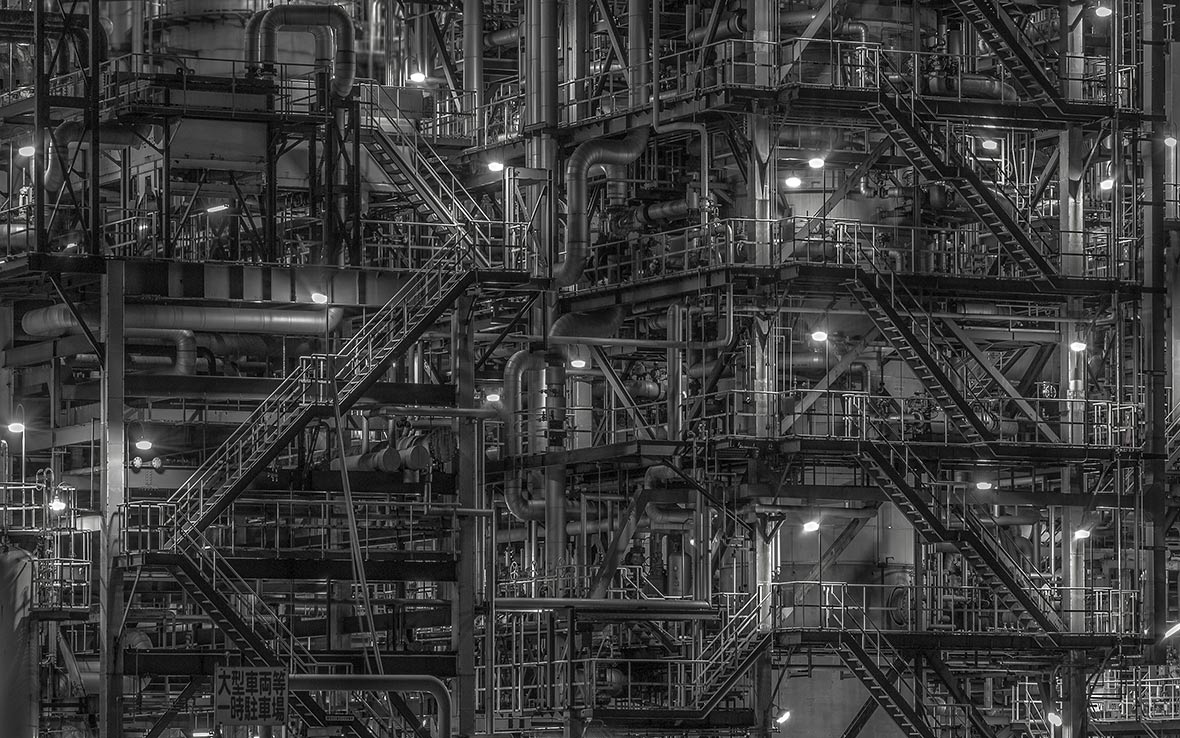
Neocha: What do you like to shoot the most in Tokyo?
Yoshito: I like things that were made by hand. I like seeing why they were made. I’m also a creator, so I feel that there’s always an intention and a meaning behind everything I create. I noticed this recently, but the things I’ve been trying to capture formed a kind of verification process for myself as a designer. There’s no way I can know if it’s correct or not, but when I organize things into a photograph, I’ll look at whatever is in front of my viewfinder and wonder why it was made this way. How did the person who made it want it to be? That’s my main theme, so that’s why a lot of the photos are taken from the front. Sometimes this means looking at the shape of a single building, and sometimes it might mean superimposing several elements, such as the way in which a crowd is walking through a street, the way in which the sun sets on the horizon, etc. I always try to give my own interpretation. It’s interesting for me, if I manage to capture the intentions of the creator with my camera, and if I can go beyond that, then I feel like the work really becomes my own. In Tokyo, there are a lot of different things that attract my interest. The city’s constantly being scrapped and rebuilt. So rather than having to go look for interesting things, interesting things have a tendency to appear in front of me.
Neocha: 東京で撮影する被写体で最も好きなものとは何でしょう?
Yoshito: 人の手によって作られたものが好きなんです。それがなぜそのように作られているのか。自分も作り手ですし、ものを創るひとつひとつのことには、必ず意図と理由があると思っています。最近気づいたのですが、ぼくがキャプチャーしているモノ・コトは、デザイナーとしてのその確認作業だったのです。正しいかどうかは知るべくもないわけですが、イメージとして収めるときに、自分のファインダーの前にあるものはなぜそう作られているのか。作った人はどう作りたかったのか。といったことが最初のテーマです(そのため、正面から撮ることが多いのです)。それはひとつの建物そのものの形であるときもあれば、多くの人がその道を歩く様子や、太陽が沈んでいく様など、複数の事象が重なって見える景色であったりします。そういう自分なりの解釈を常にするようにしていて、それが作った人が作る前に描いていたイメージを当てることができていたらとても面白いですし、さらにそれを超えることができたなら本当の意味で私のオリジナルになると思っています。東京にはそういう興味をひくものが本当にたくさんあります。どんどんスクラップ&ビルドされていますし、撮りに行くよりも出現する数の方が多いのではないでしょうか。
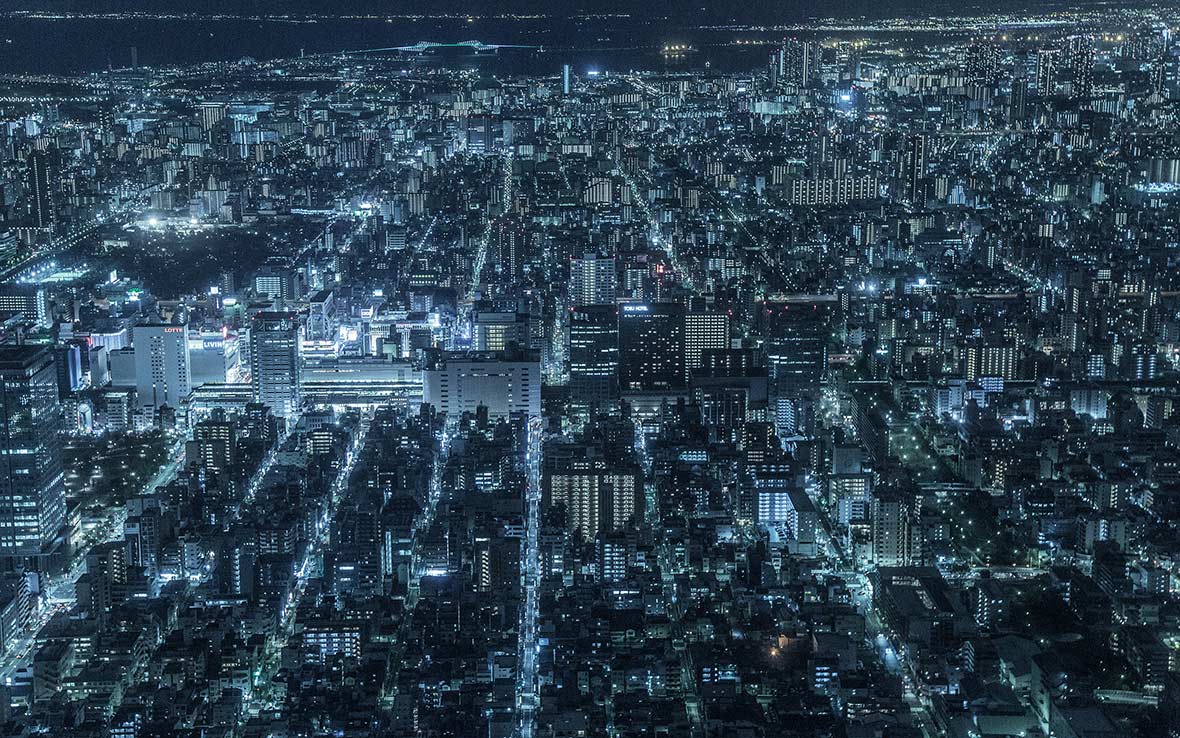
Neocha: What are some of your favorite spots in the city?
Yoshito: I like areas or events where lots of people gather. I like to think about why they gather there. I’m attracted by both indoor and outdoor locations; I want to see what it is about them that draws people there. I like capturing these places in a photograph and interpret it through my own means, and attempt to synchronize my thoughts with the person who created the place. Inevitably, I end up shooting at a lot of famous places. In Tokyo, I like any kind of tourist area, as well as busy areas where many people gather or go to work.
Neocha: 東京で最もお気に入りのスポットをいくつか教えていただけますか?
Yoshito: 人がたくさん集まるところや事象が好きなのです。そこになぜ人が集まるのか。建物が外も中も含めてが魅力的だからなのか、そこに人を引き寄せる何かがあるのか。それを自分なりに解釈して絵に収めることができ、それがその場所を作った人の意思とシンクロできるような場所が好きです。必然的に有名な場所が多くなります。東京であれば、観光スポットは何でも好きですし、多くの人が集まって働くような場所も好きですね。
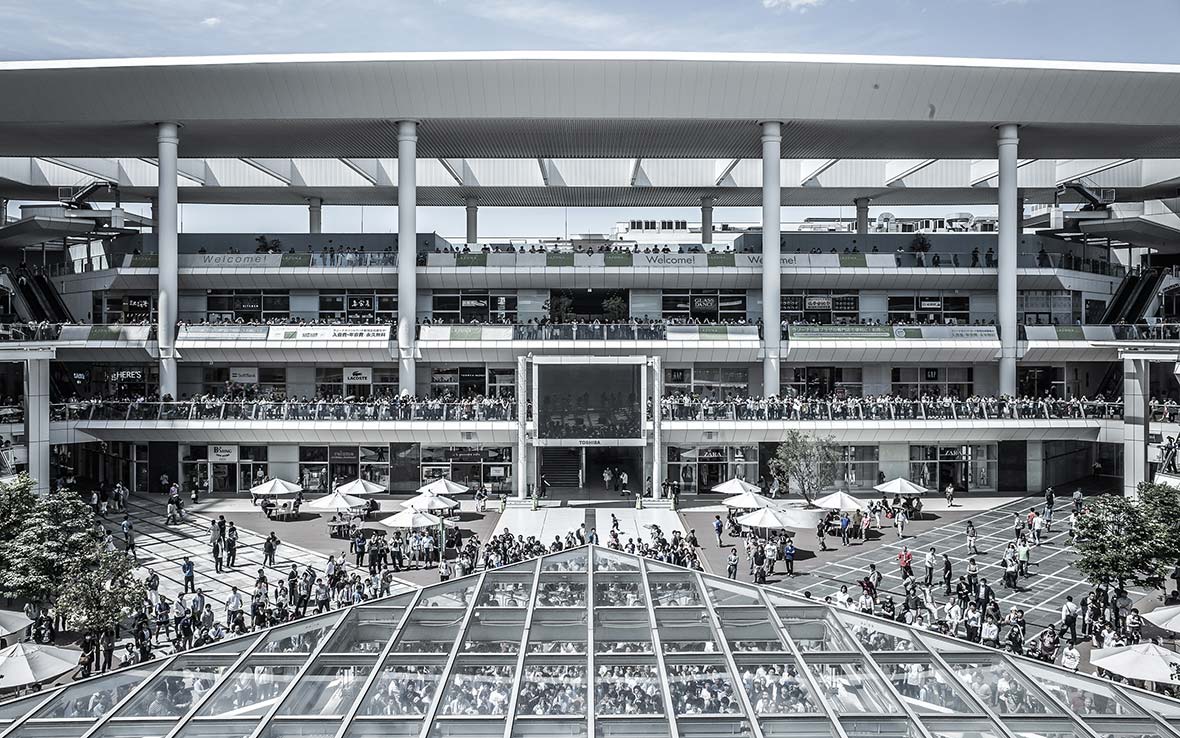
Neocha: How often do you shoot nowadays?
Yoshito: Whenever I’m out and about in Tokyo, I’ll have my camera. I’ve been on Instagram for five years now though, so it’s harder to find new things to shoot in this city. I’ll post images taken at different famous locations, but I’ll also see other people shoot and post the same vantage. But I feel like it’s different every time I’m out. The weather, lighting, and people are never the same – other unforeseen factors might also affect how the image turns out. I don’t go out every day and night anymore, but it’s always fun to look for fresh angles and think about how to best frame the shot.
Neocha: 最近はどのくらいの頻度で撮影していますか?
Yoshito: 旅行に行きたいなと思った時に旅行ができる、東京は、そういう街だと思っています。5年以上Instagramで遊んでいて、東京という街そのものはたくさん露出し消費されてもう新しくはありません。いくつもの有名な場所のスナップ写真をポストしますが、同じように撮られた写真も多く見かけます。でもひとたびカメラを持って外に出たら、時間、天気、光の感じ、人の混み具合、そしてアクシデントといった環境要因でフレッシュに感じることができます。今となっては毎日毎晩撮りにでかけるわけではありませんが、新しいアングルや構図を探すことはいつだってとても楽しいです。

Neocha: How did you develop your personal style?
Yoshito: I get many comments from people like: “your photos are really Tron-ish,” or like “So Blade Runner!” Many people also tell me the colors in my photos are unique. I actually like Hollywood movies a lot, but they don’t influence me too much. From the point of view of a graphic designer, I like to envision my photos in the same way as a black-and-white photograph. I see them as “just a blue photo”, or “just a green and orange picture”, and so on. I would like the viewer to see it this way too. I reduce the color saturation on my photos for a reason. It’s part of the content – a way to focus on the story. To me, using different colors is like speaking with many unique voices, and I’m very happy with this approach.
Neocha: 独自のスタイルをどのように発展させたのでしょう?
Yoshito: よく、「Tronっぽい」とか「Blade Runnerだ」とか言われます。そして、画像の色使いがユニークだと言ってくれる方がいます。もちろん ハリウッド映画は好きですが、そこにどっぷり浸かろうと思っているわけではありません。グラフィックデザイナーとして、モノクロ写真と同じように、ただ「この青の写真」とか、「このグリーンとオレンジのイメージ」とシンプルに認識したいし、見る人にもそう認識していただきたいのです。写真の彩度を下げていくことが多いですが、私の場合はそれは伝えたい内容であったり、ストーリーにより焦点を当てるための手法なのです。ユニークと捉えられている声が多いことは、とてもうれしく思います。
Neocha: What new subject matters or locations do you have plans of shooting in the future?
Yoshito: This year alone, I’ve seen many crazy photos taken of the famous Shibuya street crossing in Shinjuku. Many of the shots had angles I’d never seen before. I was really interested in shooting the crossing in a fresh way, but I never ended up with anything I liked. Experimenting with new things is always interesting and I hope to experiment more and more. Besides that, I’d also want to go to more new places. I’ve seen a few new locations on the internet and on social media that I’d like to visit. These places range from abandoned factories to architecture with impressive facades. It doesn’t matter to me if the location is more traditional or more futuristic. Sometimes when I come across a really great location online, it makes me want to get up and go shoot right away.
Neocha: 今後撮影を予定している新たな素材や場所とは何でしょうか?
Yoshito: 今年、今まで見たことのないアングルで渋谷や新宿の有名なストリートを撮影した、とても多くのすごい写真を見ました。普段自分が撮ってる場所を全くちがうアングルから捉えた写真を目の当たりにして、どうやって撮っているんだろうと興味を覚えましたが、まだそれを自分の手で撮影するには至っていません。非常に新鮮な表現手法で、トライしたいと思っています。そして、少し足を伸ばせばまだたくさんの行ったことがないスポットがあることを、インターネットやメディアを、インスタグラムを通して見ますし、そこへはカメラを持って行ってみたいと思っています。工場地帯もそうですし、クラシックなもの・未来的なものどちらもあるのですが、とても印象的な顔を持った建築物などです。
